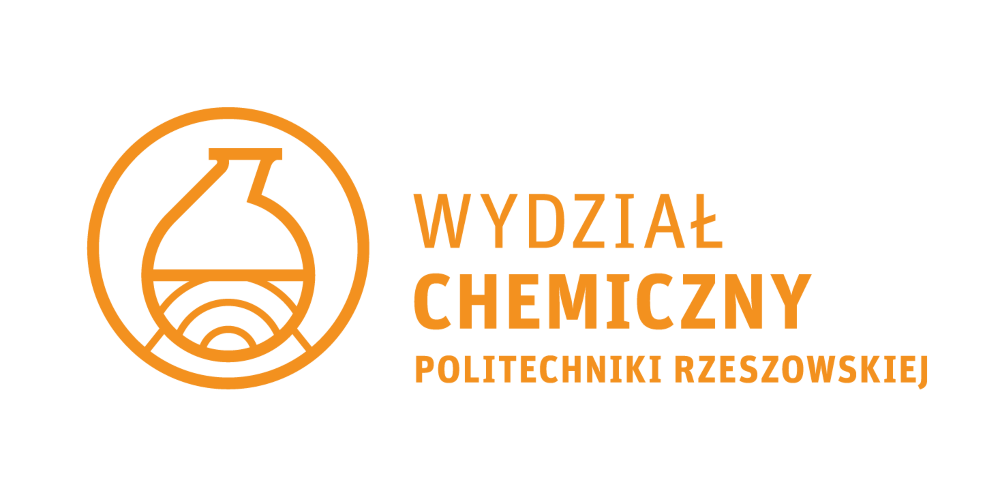

General microbiology
Some basic information about the module
The aim of studying and bibliography
The main aim of study:
Student obtains basic knowledge about principles of microbiology and practical introduction to working conditions in microbiological laboratory.
The general information about the module:
The module is introduced in the 3rd semester of the first degree studies. It is accomplished with 30 hours of lecture and 30 hours of laboratory work. It ends with an examination-based assessment.
Teaching materials:
Wykłady autorskie
Bibliography required to complete the module
| 1 | Kunicki - Goldfinger W. | Życie bakterii | PWN. | 2008 |
Basic requirements in category knowledge/skills/social competences
Formal requirements:
Passed subject: Cell Biology
Basic requirements in category knowledge:
Basic knowledge of how living organisms function
Basic requirements in category skills:
Self-education skills
Basic requirements in category social competences:
Ability to work both alone and in a group
Module outcomes
| MEK | The student who completed the module | Types of classes / teaching methods leading to achieving a given outcome of teaching | Methods of verifying every mentioned outcome of teaching | Relationships with KEK | Relationships with PRK |
|---|---|---|---|---|---|
| MEK01 | Has a knowledge concerning of the prokaryotic cells structure and functions of various structures | lecture, laboratory | written exam, written test |
K-W07+++ |
P6S-WG |
| MEK02 | Knows the basics of metabolic diversity of microorganisms | lecture, laboratory | written exam, written test |
K-W07+++ |
P6S-WG |
| MEK03 | Knows the terminology of microbiology | lecture | written exam |
K-U06++ K-K01++ |
P6S-KK P6S-KR P6S-UU |
| MEK04 | Has knowledge concerning the importance of bacterial secondary metabolites in the environment | lecture | written exam |
K-W07+++ K-U15++ |
P6S-UW P6S-WG |
| MEK05 | Has a knowledge of the role of microorganisms in global biogeochemical cycles | lecture | written exam |
K-W07+++ |
P6S-WG |
| MEK06 | Knows the interactions between microorganisms and eukaryotic organisms | lecture | written exam |
K-W07++ |
P6S-WG |
| MEK07 | Has basic knowledge of the use of microorganisms in industry, medicine, bioremediation and biocontrol processes | lecture | written exam |
K-W07+++ K-U15++ |
P6S-UW P6S-WG |
| MEK08 | Knows the basic microbiological techniques | laboratory | written test |
K-W14++ K-K03+++ |
P6S-KR P6S-WG |
| MEK09 | Is able to isolate microorganisms from selected natural environments | laboratory | written exam |
K-W14++ K-U09++ K-K03+ |
P6S-KR P6S-UO P6S-UW P6S-WG |
| MEK10 | Is able to determine the morphological forms of bacteria by staining bacterial preparations | labolatory | written test |
K-W14++ K-U09+ K-K03+ |
P6S-KR P6S-UO P6S-UW P6S-WG |
The syllabus of the module
| Sem. | TK | The content | realized in | MEK |
|---|---|---|---|---|
| 3 | TK01 | W01, W02, W03, W04, L04 | MEK01 MEK03 | |
| 3 | TK02 | W05, W06, W07 | MEK02 MEK07 | |
| 3 | TK03 | W08, W09, W10 | MEK04 | |
| 3 | TK04 | W11, W12, W13 | MEK05 | |
| 3 | TK05 | W14, W15 | MEK06 | |
| 3 | TK06 | L01, L02 | MEK08 MEK10 | |
| 3 | TK07 | L03, L05, L06 | MEK09 MEK10 |
The student's effort
| The type of classes | The work before classes | The participation in classes | The work after classes |
|---|---|---|---|
| Lecture (sem. 3) | contact hours:
30.00 hours/sem. |
complementing/reading through notes:
20.00 hours/sem. Studying the recommended bibliography: 10.00 hours/sem. |
|
| Laboratory (sem. 3) | The preparation for a Laboratory:
5.00 hours/sem. The preparation for a test: 5.00 hours/sem. |
contact hours:
30.00 hours/sem. |
|
| Advice (sem. 3) | The preparation for Advice:
2.00 hours/sem. |
The participation in Advice:
2.00 hours/sem. |
|
| Exam (sem. 3) | The preparation for an Exam:
20.00 hours/sem. |
The written exam:
2.00 hours/sem. |
The way of giving the component module grades and the final grade
| The type of classes | The way of giving the final grade |
|---|---|
| Lecture | Written test. The grade is issued in a manner appropriate to the number of points received during the exam: 51-60% - dst, 61-70% - dst+, 71-80% - db, 81-90 - db+, 91-100 - bdb. |
| Laboratory | Written test. The grade is issued in a manner appropriate to the number of points received during the test: 51-60% - dst, 61-70% - dst+, 71-80% - db, 81-90 - db+, 91-100 - bdb. |
| The final grade | The final grade is the average of the grade of lectures and a final evaluation labs (50/50). The average may be drawn only if both grades are positive |
Sample problems
Required during the exam/when receiving the credit
(-)
Realized during classes/laboratories/projects
(-)
Others
(-)
Can a student use any teaching aids during the exam/when receiving the credit : no
The contents of the module are associated with the research profile yes
| 1 | B. Bakera; W. Dąbrowska; M. Miąsik; R. Muca; I. Poplewska; M. Sochacka-Piętal; M. Szeliga; D. Tyrka | Sposób otrzymywania ekstraktu ze szczodraka krokoszowatego oraz zastosowanie ekstraktu otrzymywanego ze szczodraka krokoszowatego jako stymulatora wzrostu roślin | 2025 |
| 2 | Ł. Byczyński; P. Król; M. Sochacka-Piętal | Hydrophilic polyurethane films containing gastrodin as potential temporary biomaterials | 2023 |
| 3 | A. Czmil; S. Czmil; M. Ćmil; J. Gawor; M. Piętal; D. Plewczynski; M. Sochacka-Piętal; D. Strzałka; T. Wołkowicz; M. Wroński | NanoForms: an integrated server for processing, analysis and assembly of raw sequencing data of microbial genomes, from Oxford Nanopore technology | 2022 |
| 4 | B. Król; P. Król; K. Pielichowska; M. Sochacka-Piętal; Ł. Uram; M. Walczak | Synthesis and property of polyurethane elastomer for biomedical applications based on nonaromatic isocyanates, polyesters, and ethylene glycol | 2020 |